Japanese punk pop performance group FRANK CHICKENS release a retrospective boxed set ‘Ninja Legends 1983-1989’ on Cherry Red Records.
As befitting the title of the set, FRANK CHICKENS (who were named after a brand of Japanese stationery) have a significant cult following and have often been credited for introducing Karaoke into the UK mainstream via their founder Kazuko Hohki’s Channel 4 show ‘Kazuko’s Karaoke Klub’.
Included are their first three albums and a selection of BBC sessions recorded for John Peel, Richard Skinner and Janice Long; their delightful cover of ‘Blue Canary’ recorded for the former with a spoken introduction about a miserable Japanese housewife in Milton Keynes was placed at No42 in his 1984 Festive 50.
Although originally a trio, the eventual nucleus settled on Hohki and Kazumi Taguchi; the former arrived in London as a tourist and had grown up reading English children’s books with their awkward humour. Having observed the London Musicians Collective at play on her second day, she decided to stay in the UK having found a place where artistic misfits like her could thrive. Performing that day were David Toop and Steve Beresford of THE FLYING LIZARDS who would later become FRANK CHICKENS collaborators.
It was while at Camden Arts Centre that Kazuko met Kazumi who was invited to watch a performance of the Japanese American Toy Theatre which Kazuko had co-founded. Part of the performance saw Hohki singing a Japanese pop ballad using Karaoke backing. Afterwards Kazumi suggested to Kazuko she could sing it better and that they should form a band.
Influenced by pop, punk and traditional Japanese music, FRANK CHICKENS came to the attention of John Peel who invited them to record a session for his late night radio show in 1983. About the same time, the original three-piece appeared on stage at London’s Clarendon Hotel Ballroom. In the audience was David Toop who afterwards enthused to his colleague Steve Beresford about how they could help realise FRANK CHICKENS’ ethos into original collaborative songs.
With Toop and Beresford co-producing, FRANK CHICKENS released their debut single ‘We Are Ninja (Not Geisha)’ in March 1984. This slice of quirky electro art funk became an independent chart hit, showcasing their socio-political constructs of borders, race and gender through eccentric but humorous storytelling.
Expressing themselves as women in a manner than would have been frowned up in their own country, there were however prejudices to overcome in their adopted home of the UK. In a more racist environment than today, not helped by the then-Prime Minister Margaret Thatcher’s anti-immigrant stance, FRANK CHICKENS challenged the myths separating East and West, while highlighting the absurdity of the dual stereotype that saw Japanese women as submissive geisha or mysterious femme fatales.
On a roll, the parent album ‘We Are Frank Chickens’ followed and was also an independent chart hit that combined multi-cultural pop with the avant garde. It was an impressive debut with opener ‘Cheeba Cheeba Chimpira’ falling under the spell of hip hop while ‘Mothra’ played more with traditional exotica elegance.
Like an uptempo crime series theme, ‘Yellow Detective’ had slinky sax thrown in amongst the electronic squelch and sampled strings. But combining synths and Japanese traditional textures, ‘Shellfish Bamboo’ threw in spoken narrative and street rows about men with long necks in the market while ‘Fujiyama Mama’ was delightfully oddball.
‘Pikadon’ experimented with reggae inflections while the ‘We Are Frank Chickens’ title song with its abstract chant took on the rhythmic influence of Prince. The wonderful ‘Sake Ballad’ closed the album with a melancholic drama about how “I drink to kill my memory”, lamenting a love that cannot be, soundtracked by gorgeously sad string quartet.
Released in 1987, second album ‘Get Chickenized’ continued the satirical mockery of cultural stereotypes but touched on other topics; lesbian love was the subject of ‘Two Little Ladies’ while the rockier ‘One Million Hamburgers’ reflected on consumerism. ‘We Say You Say’ utilised an R ‘n’ B backdrop and a “GET CHICKENIZED” hook to challenge ethnic stereotyping further but entering Jimmy Jam & Terry Lewis territory, ‘Solid Life’ made a good go at the soulful pop of the period.
Featuring lively LinnDrum and brassy synths, FRANK CHICKENS referenced Gary Cooper in ‘High Noon’ as an example of ‘Sacred Marriage’ while ‘Street Angels, Tokyo’ drove along with speedy programmed cowbell like it was taken straight from a Jerry Bruckheimer action movie of the period. Further reflecting the broader musical church of the record,. ‘Monster’ burst with surf guitar while ‘Yellow Toast’ headed to Greece with bursts of bouzouki to provide an unusual twist and another challenge to racial stereotypes. To close ‘Get Chickenized’, ‘The Dark’ provided an experimental slo-mo séance and ‘House Of Ninja’ surprised as if on the nose with current trends in a spacey upbeat house track.
After a tour of Australia and New Zealand in Spring 1988, Kazumi Taguchi decided to take a break from FRANK CHICKENS and was replaced by new singer Atsuko Kamura on the third album ‘Club Monkey’. There were more changes as Grant Showbiz, Justin Adams and Clive Bell stepped into the studio team. With Kazuko now co-writing with them, themes changed with the ‘Club Monkey’ songs inspired by Hong Kong martial arts and zombie films. Based on a story about a club where an English aristocrat gets defeated by two Asian women, the idea had been premiered as a Christmas musical 1988 with money from the Greater London Arts Association.
‘Club Monkey’ opened with the smooth sophistipop of the album title song and ‘Waiting For A Dog’ offered more adventures as it explored the blues. ‘Burn That Body’ ventured into pacey electro and the gorgeous traditional ballad ‘Revolution’ put ethnic sounds into mix. ‘Night Drain’ was an idiosyncratic funk collage with chants of “mind the gap” while ‘Feed Me’ adopted a sunny Spanish flavour. But the album’s highlight was the synth driven ‘Jackie Chan’, a celebration of South East Asia’s biggest action film star did all of his own stunts.
There were further explorations into other musical territories like ‘Shaken By God’s Hand’ with its cowboy accordion and harmonica while ‘M.Y.T.H.’ ventured into the indie-rock of THE SMITHS. Concluding ‘Club Monkey’ was the album’s thematic outlier ‘Do The Karaoke’ which saw Kazuko and Atsuko take turns to prophetically tell the world about a plug-in machine where you “no longer need a band” to sing along to ‘My Way’!
There were two more albums ‘Pretty Frank Chickens’ in 1991 and ‘床下 Underfloor World = Yukasita Underfloor World’ in 1994 both co-produced Clive Bell that were issued only in Japan, but while there have been no new releases since, FRANK CHICKENS continue to be proudly led by Kazuko Hohki.
Today South East Asian culture now everywhere and part of the everyday, be it in cinema, music, gaming, food or fashion. With the group now expanded to a multi-national performance ensemble with over 20 members, FRANK CHICKENS participate in events ranging from one-off happenings at The Barbican or Union Chapel to huge outdoor culture showcases like the annual Japan Matsuri in London’s Trafalgar Square… who would have thought that would happen in 1983?
Speaking Frankly, FRANK CHICKENS ‘The Movie’ from 2012 says at the start “Laugh at them, laugh with them, above all – enjoy them!” While not everything is this set hits the spot, ‘Ninja Legends 1983-1989’ is a perfect (re)introduction to world of FRANK CHICKENS. It will make you smile
‘Ninja Legends 1983-1989’ is released by Cherry Red Records as a 4CD boxed set on 18 October 2024, available from https://www.cherryred.co.uk/frank-chickens
FRANK CHICKENS will appear at Ura Matsuri on Saturday 19 October 2024 which takes place at London’s Hoxton Hall – tickets available from https://www.uramatsuri.com/
https://www.kazukohohki.com/about-frank-chickens/
https://www.facebook.com/frankchickens001
https://www.instagram.com/frank_chickens_ninja/
Text by Chi Ming Lai
11th October 2024

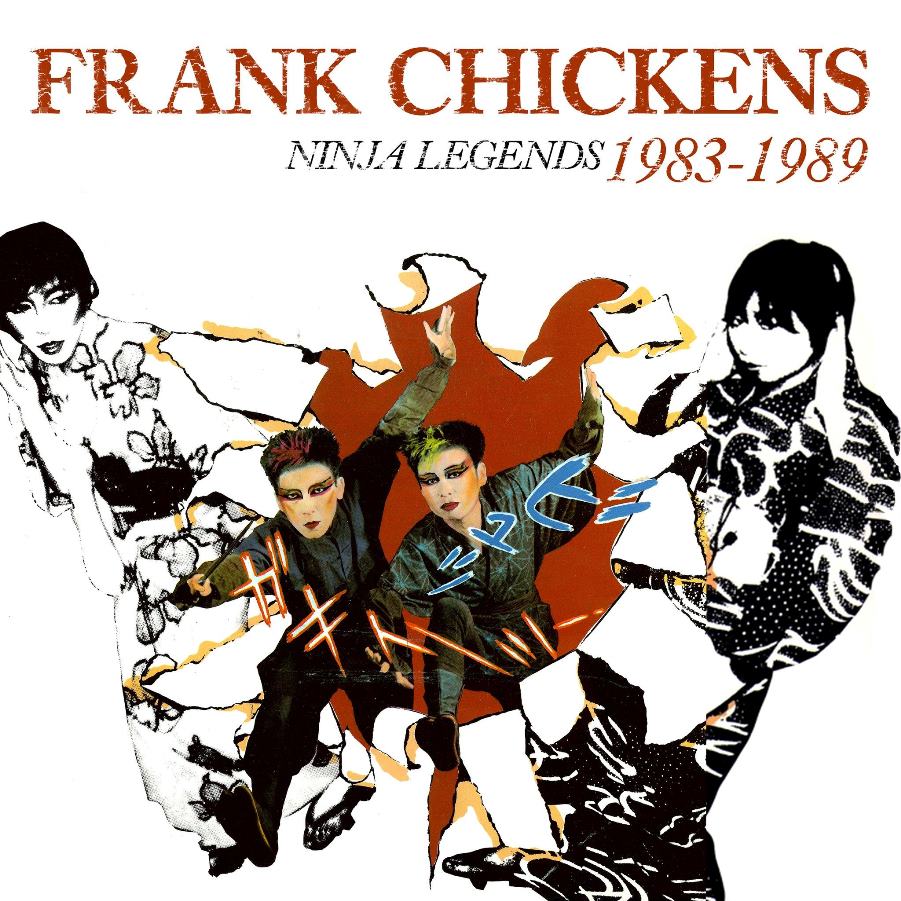
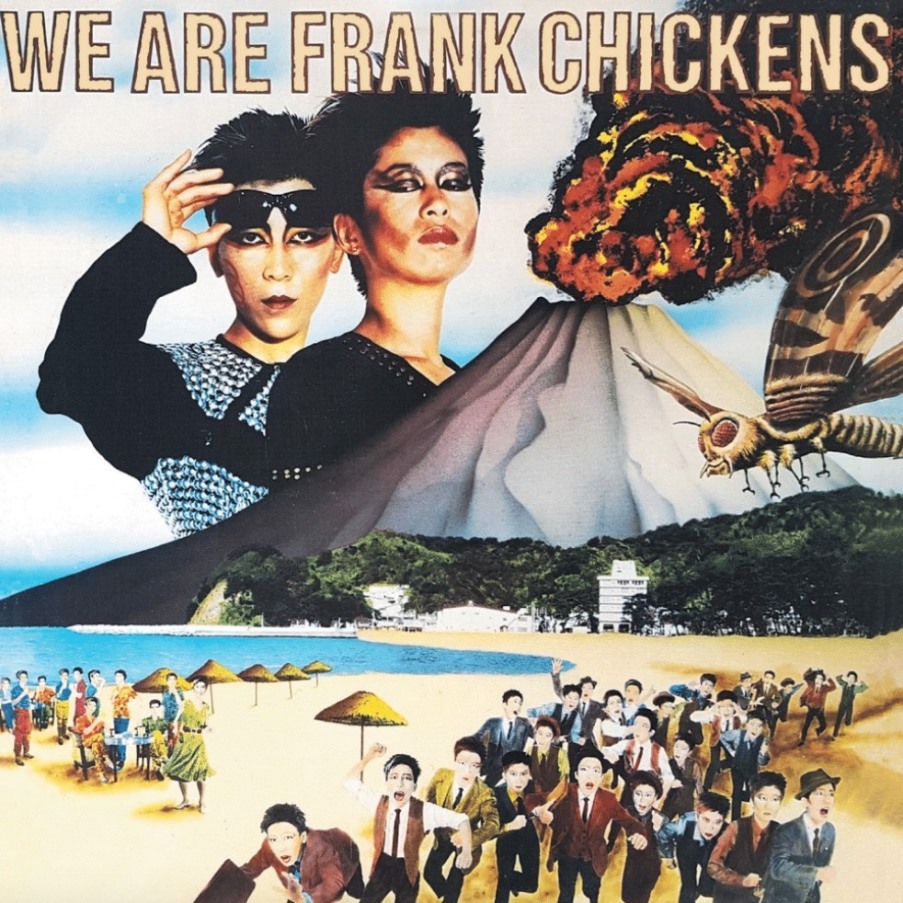
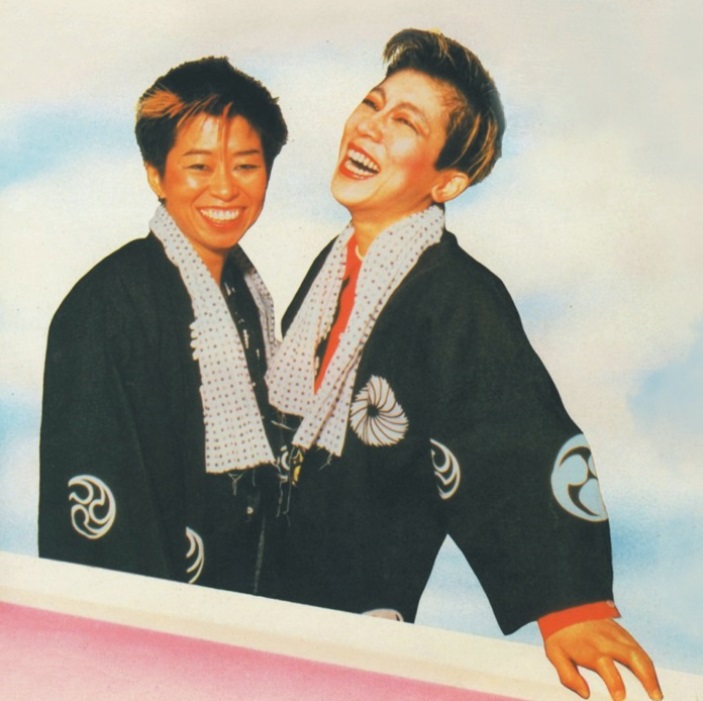
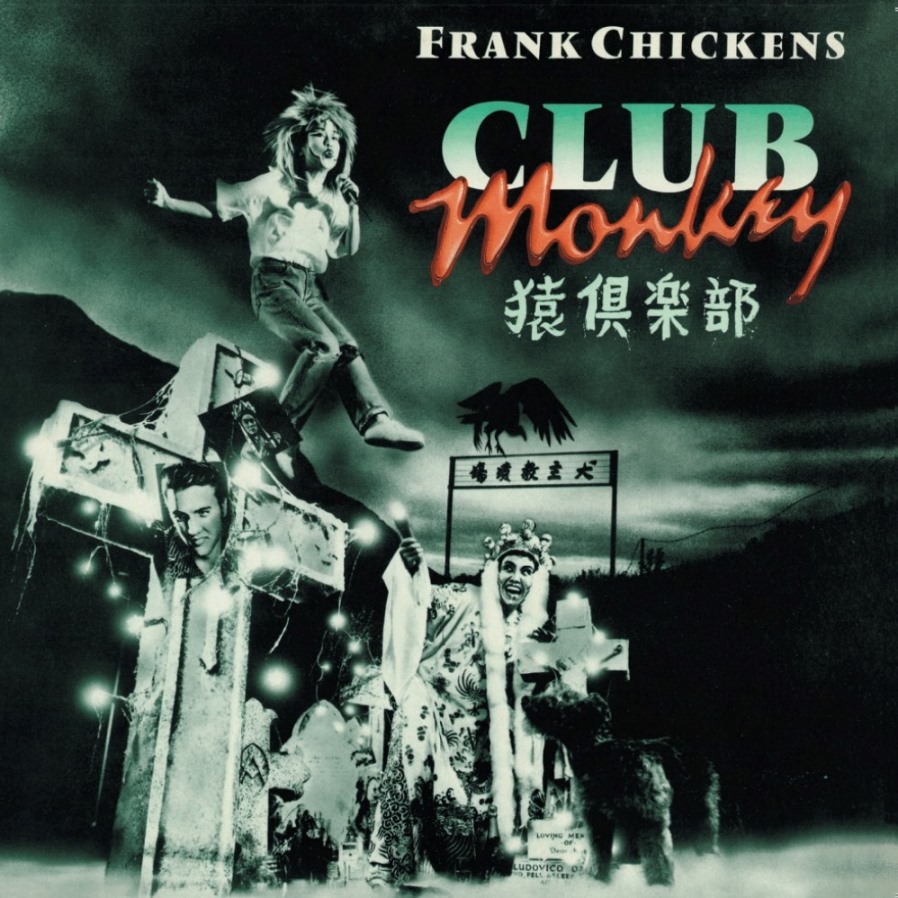
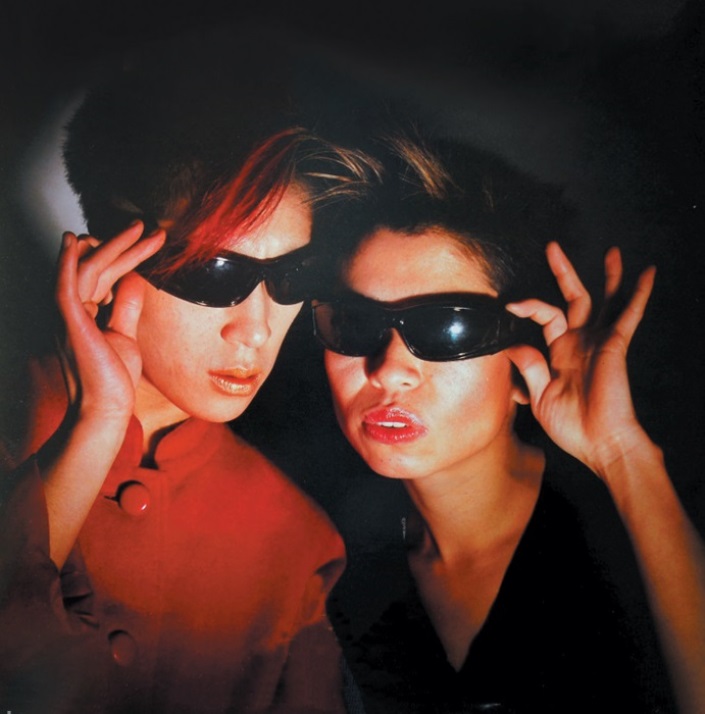

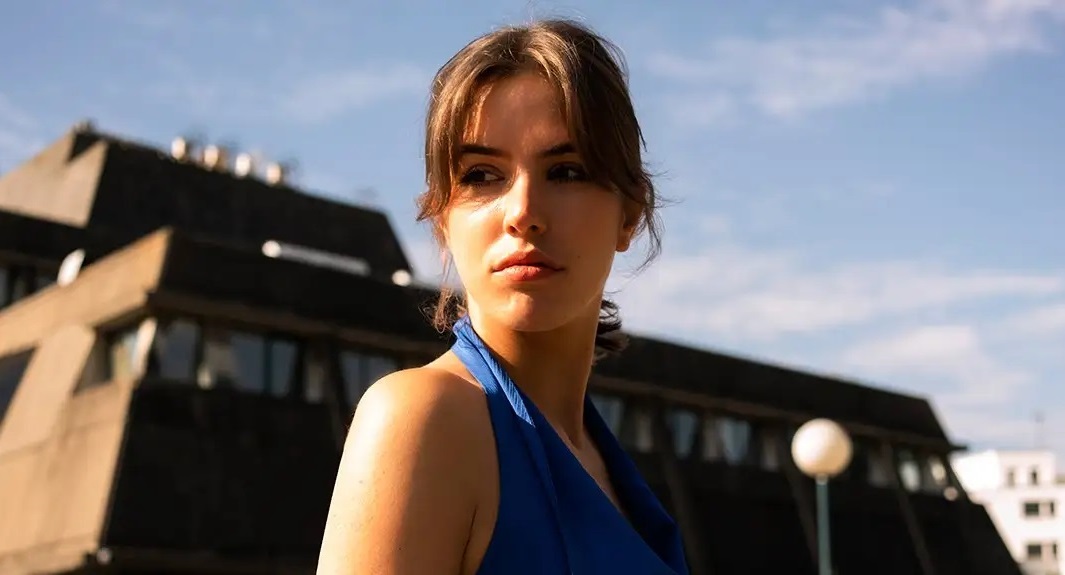
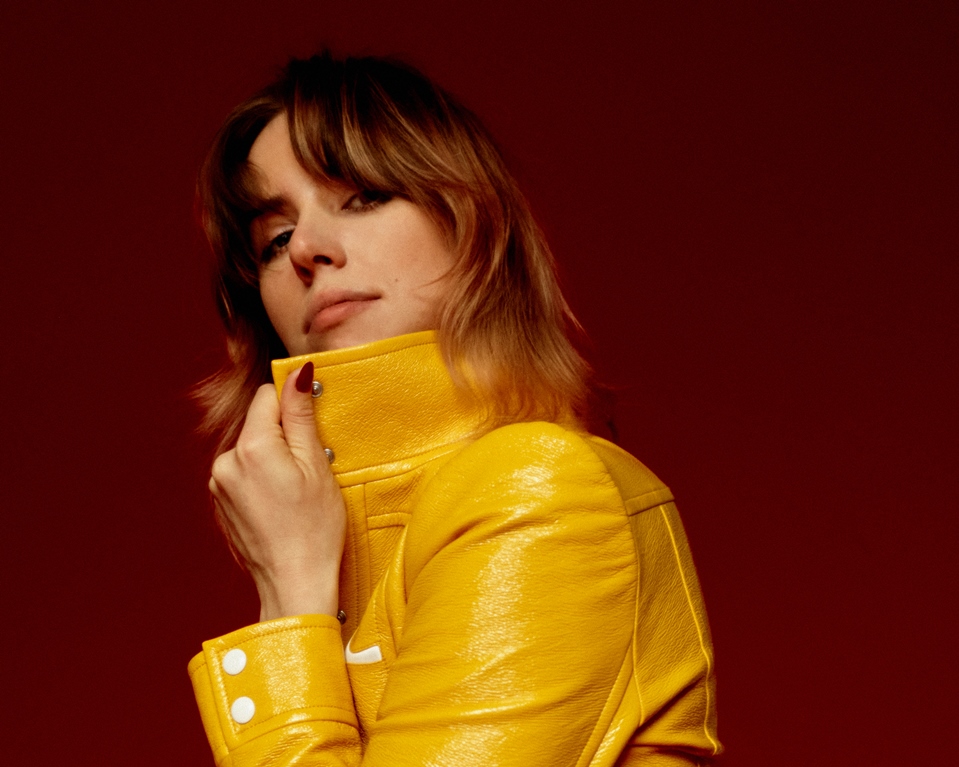


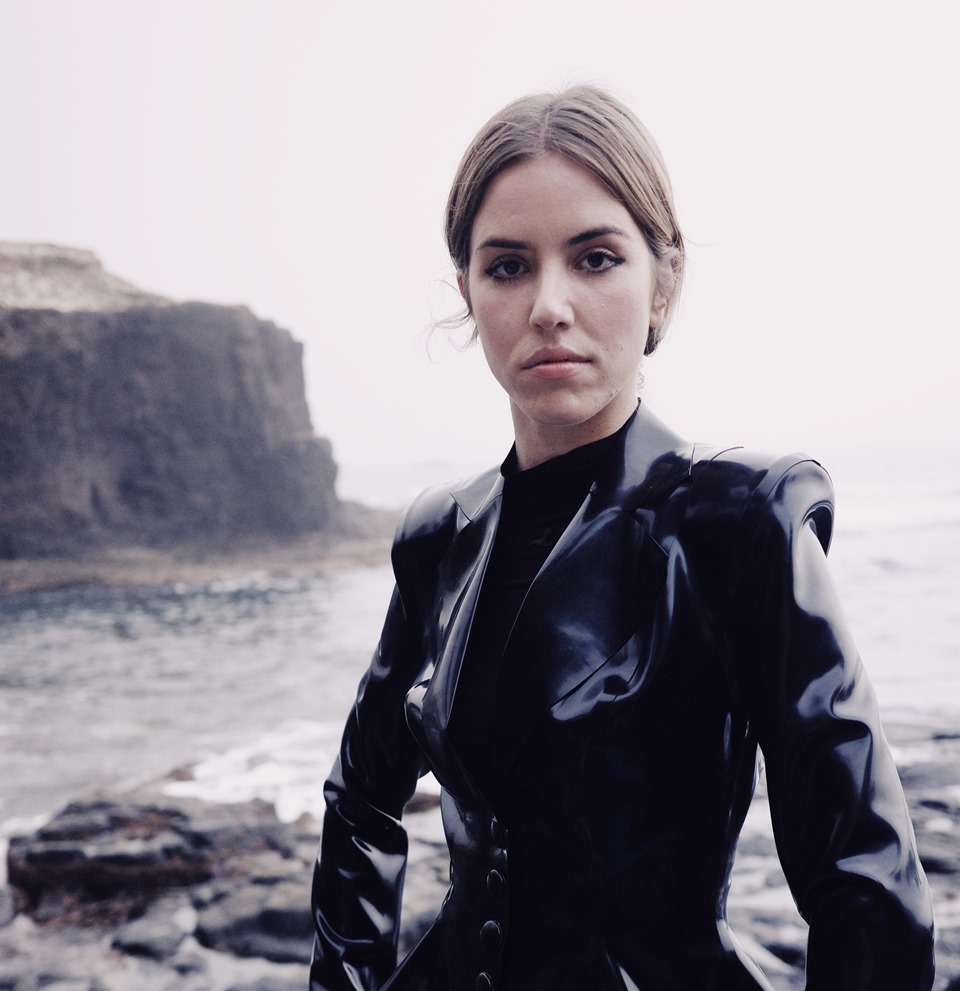


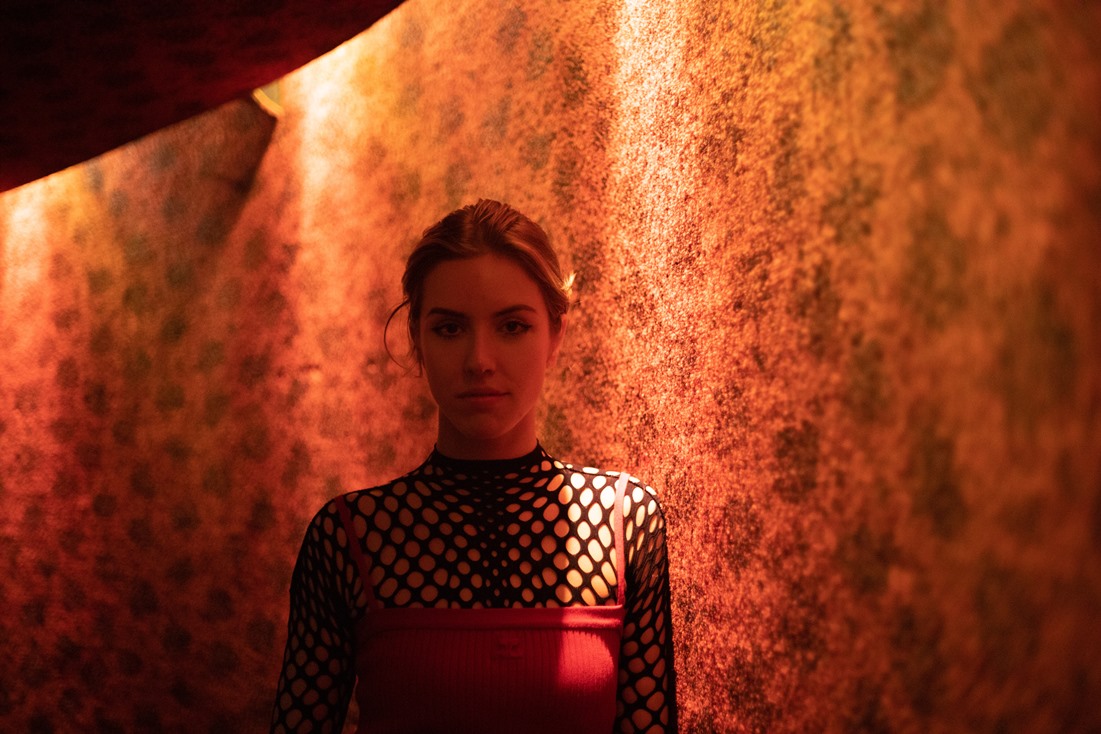
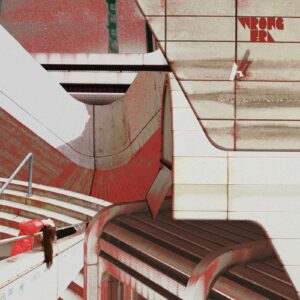
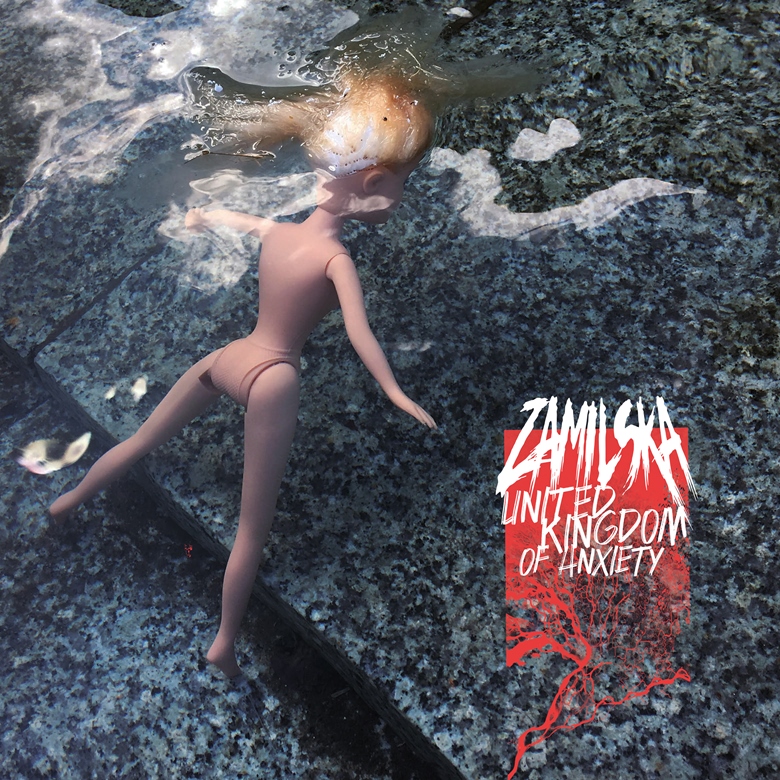
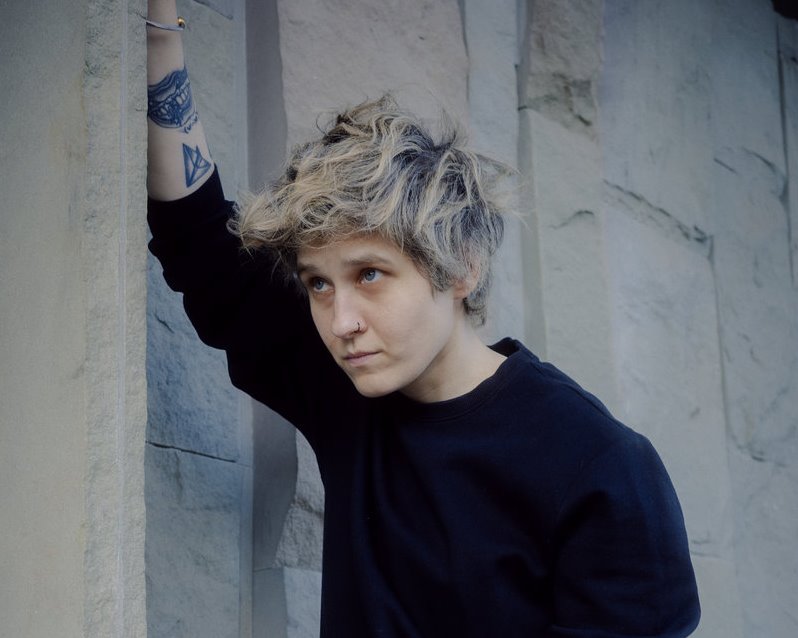
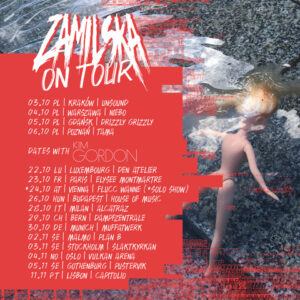
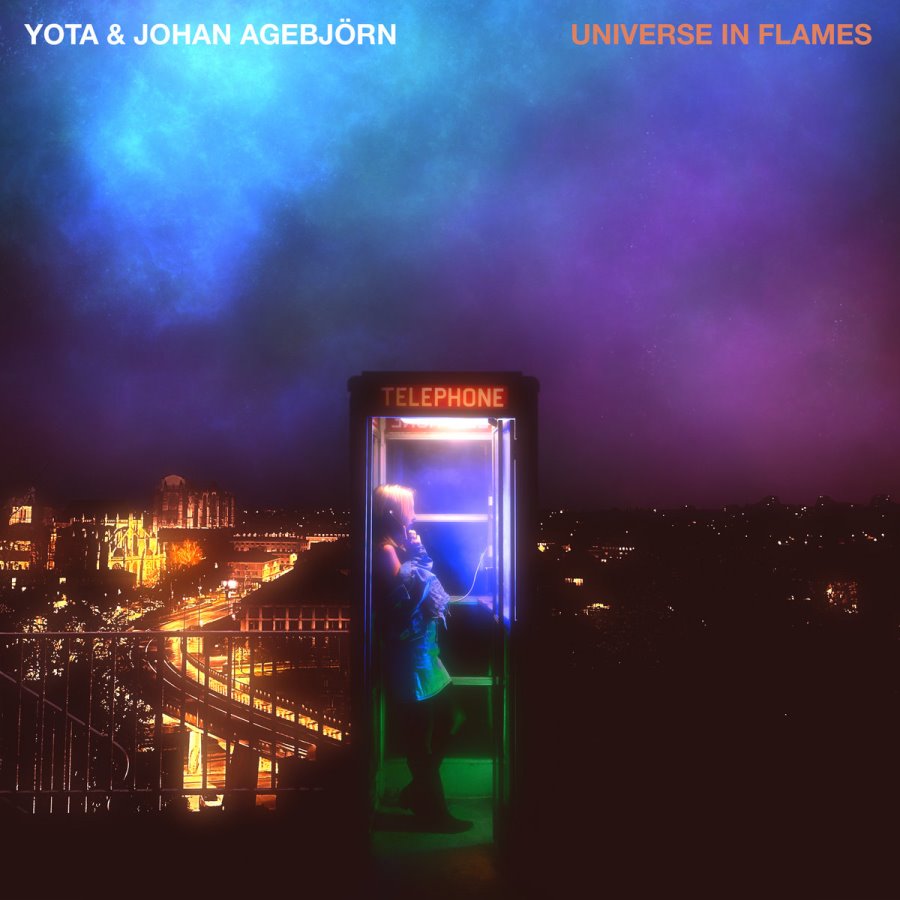
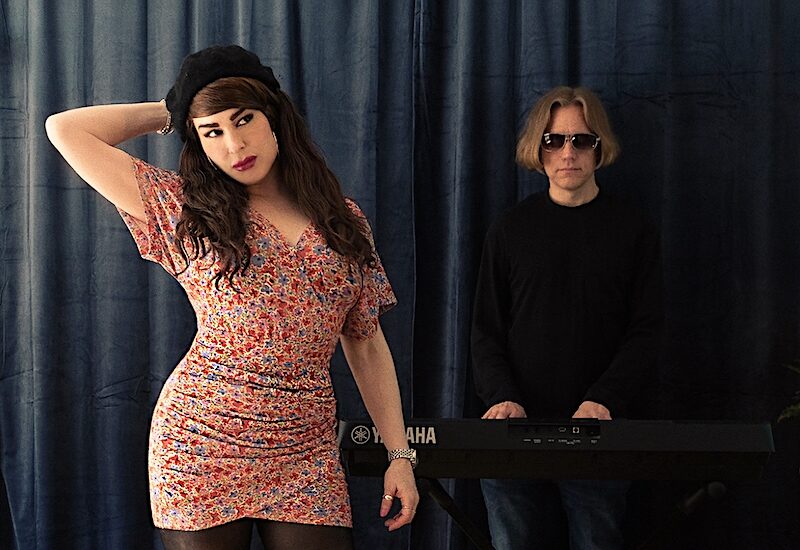

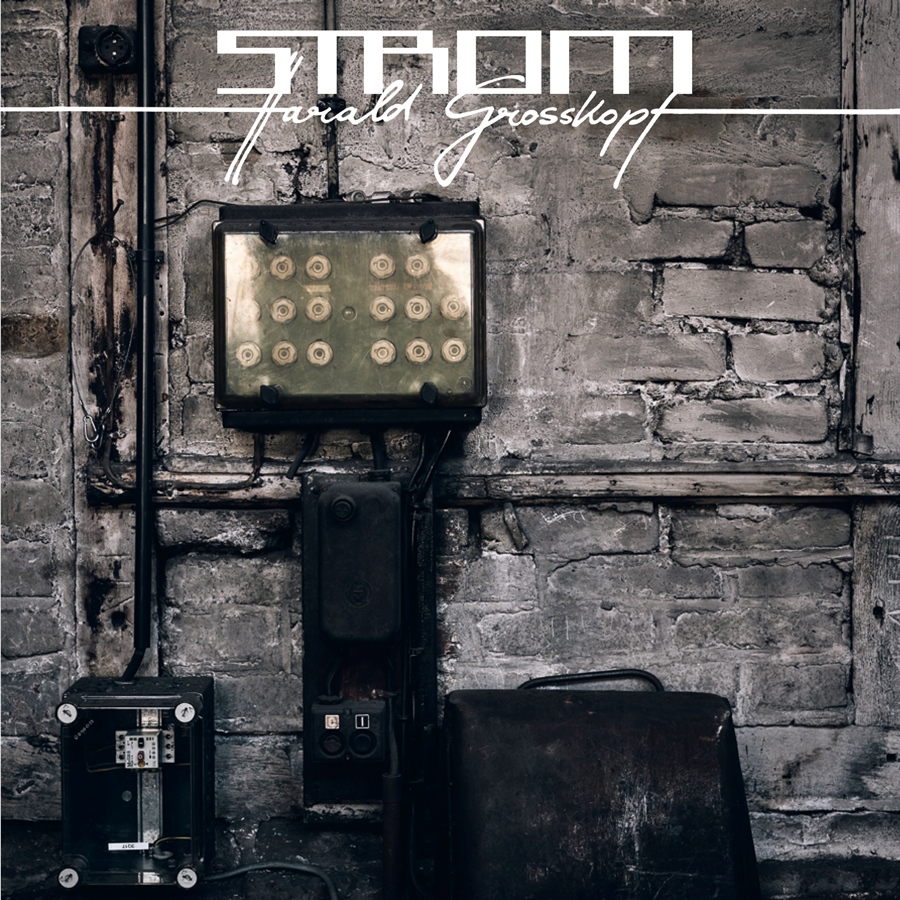
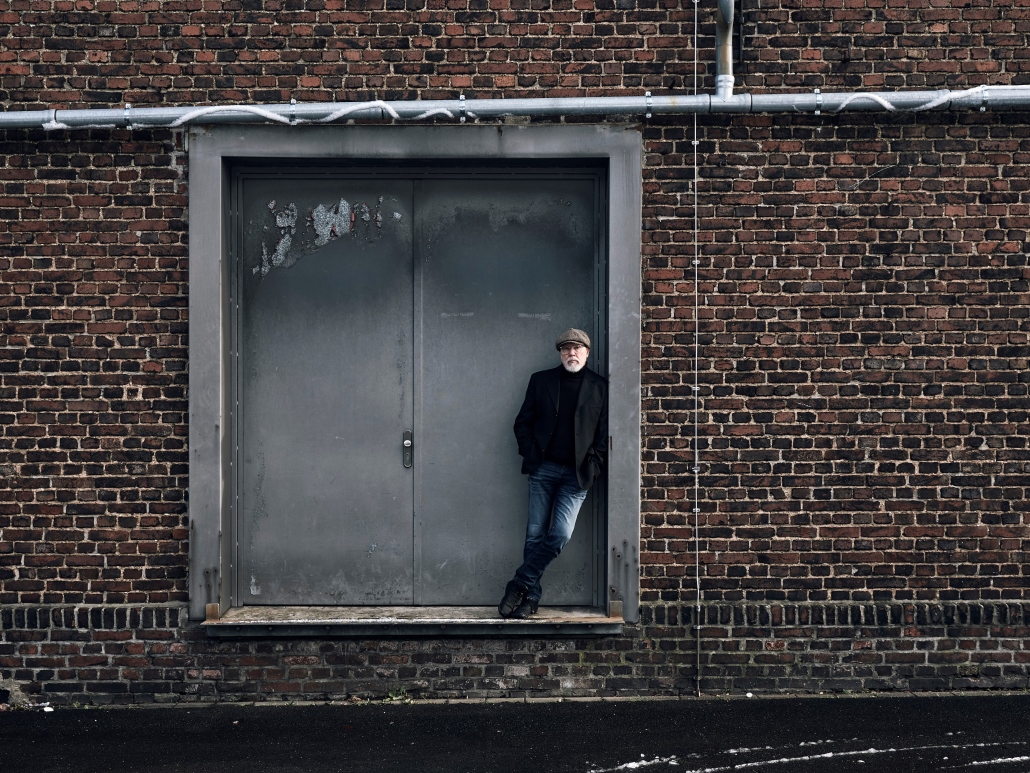
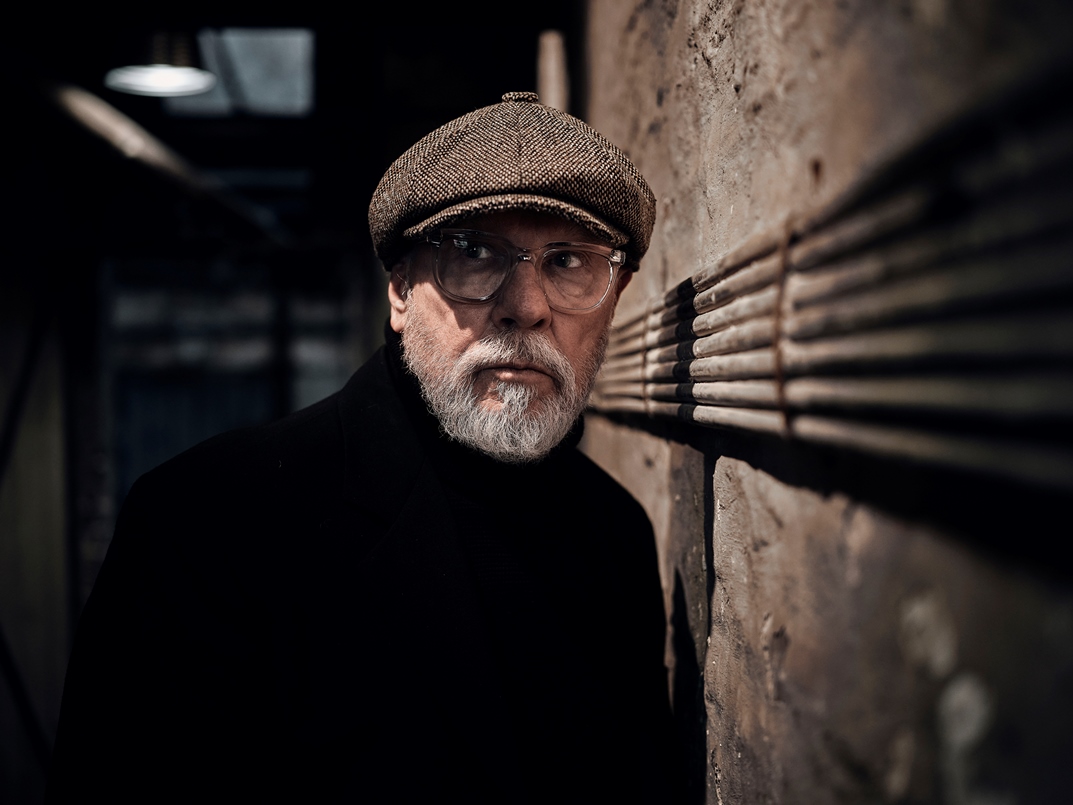
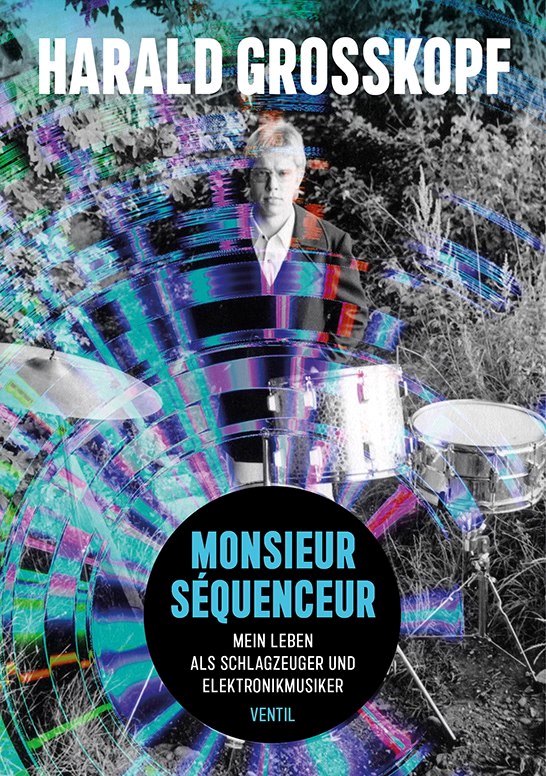
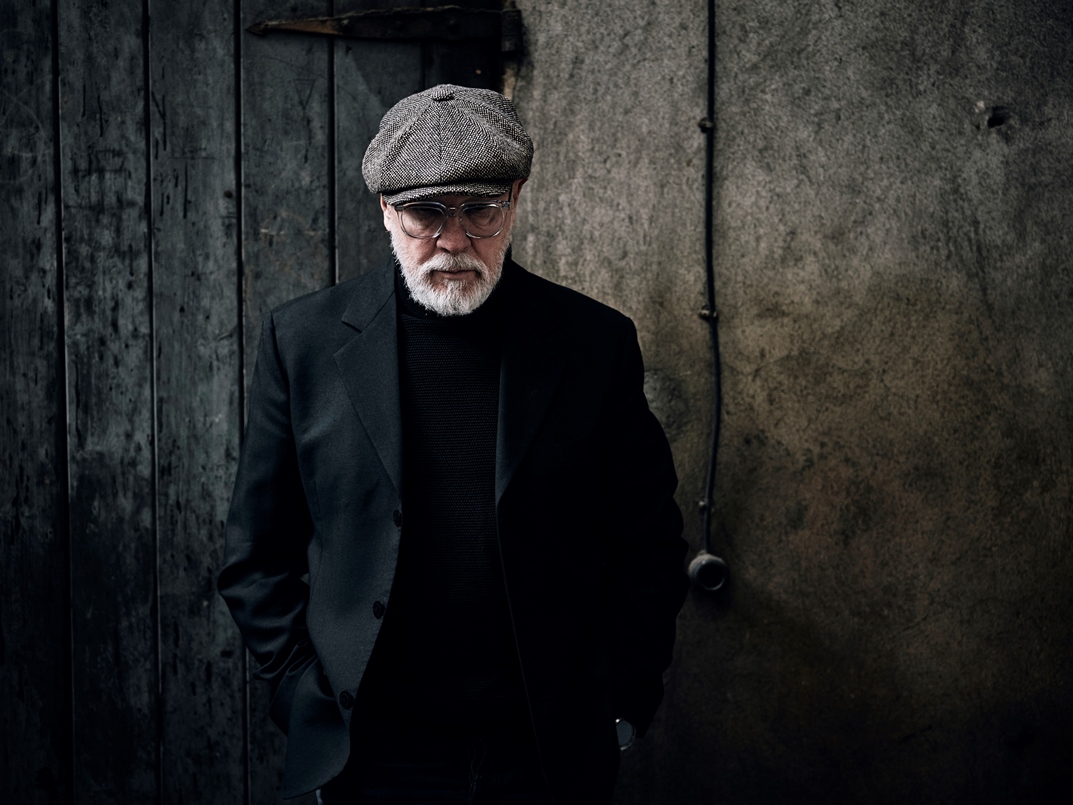
Follow Us!